In my WPF application the CurrentUICulture is not properly taken over by Windows or is wrongly stored in Windows.
The region and language settings in Windows are in all places that I have found "Deutsch (Schweiz)". CurrentUICulture in the application displays "Deutsch (Deutschland)" instead of "Deutsch (Schweiz)". I've tested it on several computers (with domain user and local user).
Where could be the problem? Is there a place for this setting in Windows that is hard to find?
Important: I know that I can set the culture in the application. I do not need an answer like Thread.CurrentThread.CurrentUICulture = new CultureInfo("de-ch")
I just want to find out how the mechanism works and where it gets the information from.
Here a few screenshots from my Windows settings:
Thanks, Adrian



